With so many tips for nursery design in magazines, books and Pinterest, it can be overwhelming knowing where to start when designing a nursery. There are always the basics that are needed when it comes to designing a child’s room—sleep, storage and seating. Somewhere to dream those fabulous childhood fantasies, a place to put treasures and a space to relax and bond.
Gather inspiration. When starting any project, I like to create an inspiration board filled with magazine clippings, photographs, fabric swatches and small treasures. I usually try to look beyond textiles and rooms for inspiration. I look at tile patterns, unusual architecture, watch movies and plays and study other cultures and time periods. To me, these are the most exciting ways to discover inspiration. Make yourself an inspiration file for your nursery—that way you can add, subtract and remix your inspirations until you find a combination that works.
Select the fabrics. When choosing fabrics for the room, strike a balance between print and solid color. A great combination is choosing one large, one medium and one small printed fabric and ground them all with a solid or a stripe. For example, if you choose printed crib bedding, keep the chair a simple solid.
Pick a color palette. A color palette that is simple and soft is often a perfect backdrop for the nursery. An array of color palettes are available for nursery design—raspberry and navy, orange and olive are just a few of the great combinations. Blue is not just for boys anymore, and grown-up color palettes are making their way into the nursery and children’s rooms.
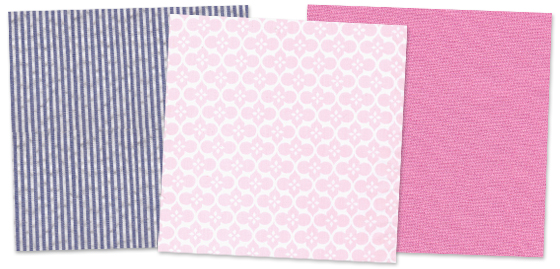 Encourage sleep. We know that children are affected by their surroundings and stimulated by color, texture, light and sound. So make sure you incorporate a cocoon-like element into your child’s nursery—window treatments that block out the light and soft lighting to remind baby that it’s time for rest. Use rituals that signal bedtime is coming soon. My theory has always been that a baby who rests well is a happy baby, and a happy baby equals a happy mom.
Encourage sleep. We know that children are affected by their surroundings and stimulated by color, texture, light and sound. So make sure you incorporate a cocoon-like element into your child’s nursery—window treatments that block out the light and soft lighting to remind baby that it’s time for rest. Use rituals that signal bedtime is coming soon. My theory has always been that a baby who rests well is a happy baby, and a happy baby equals a happy mom.
Add comfortable seating. Every child’s room should have a place to hang out and rest. In today’s world especially, there is so much to learn and assimilate for our little ones, and a place to rest is essential.
 Storage. For storing all of those changing table essentials and toys, I love cubbies. They are a great way to hide all the stuff. I love the clean look of the modern cubicle and also enjoy the soft look of baskets. It’s also fun to look for interesting and unique storage containers like suitcases or paper hat boxes.
Storage. For storing all of those changing table essentials and toys, I love cubbies. They are a great way to hide all the stuff. I love the clean look of the modern cubicle and also enjoy the soft look of baskets. It’s also fun to look for interesting and unique storage containers like suitcases or paper hat boxes.
Add finishing details. Sometimes it’s just one accent that makes the room. Little unexpected details or treasures can change something ordinary into a one-of-a-kind piece. Surprise elements are one way to personalize a room. I love the freedom to change a room with just a little detail.
As your child’s sense of who she or he is grows and expands so will their living spaces. Remember to leave room for them to branch out, discover and create their own special environments.

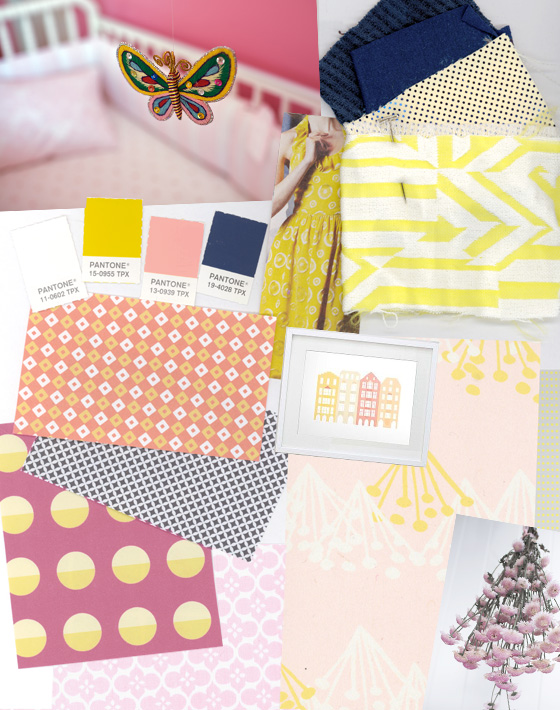





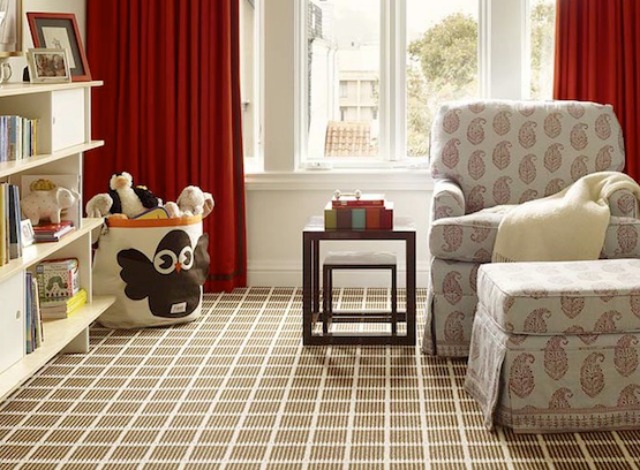
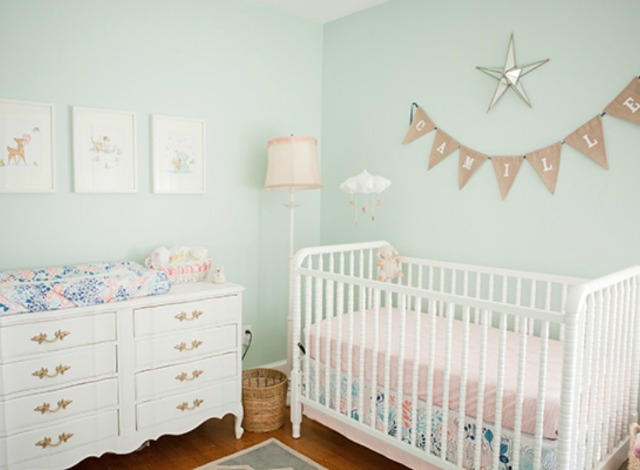
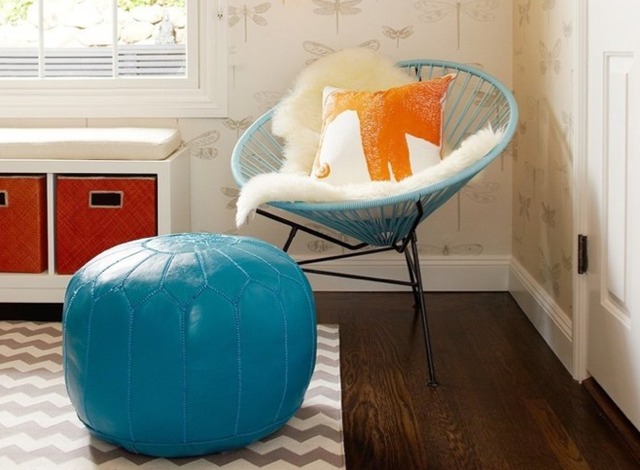
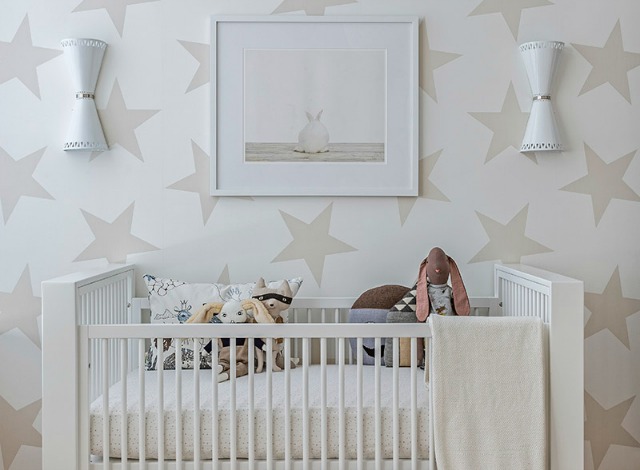

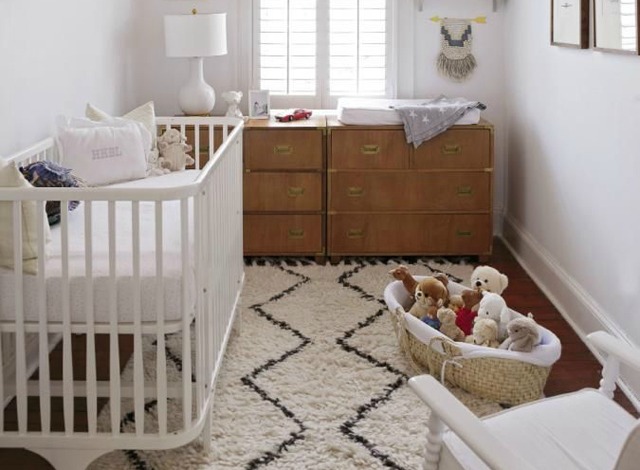
Comments
Lander Rish
“Sometimes it’s just one accent that makes the room. Little unexpected
details or treasures can change something ordinary into a one-of-a-kind
piece.” This is so true! Sometimes it’s the little accents that you think won’t make any difference that catches people’s eyes!
Jillian Scotts
Cool tips. Thanks for sharing. But it’s sometimes easier said than done. Especially when there are just tons of inspirations out there and there are so many nice nurseries that appeal to you. The problem lies with picking just one or two, or of incorporating everything you like into a single space without ending up with a nursery that looks too cluttered, too busy, too all-over-the-place.
Andrea Lowe
Encourage Sleep. Before, I thought this meant going for relaxing colors. So I planned my nurseries around neutrals and soothing tones.